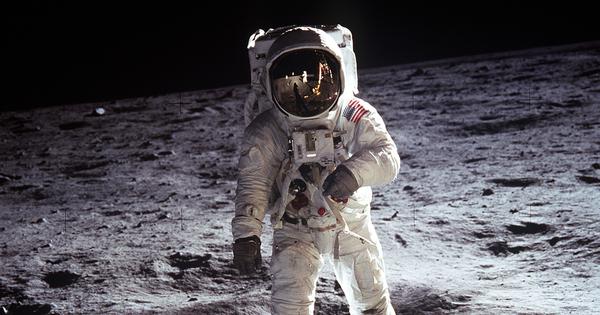Bangalore. For the first time, large amounts of sodium have been detected on the Moon by the X-ray spectrometer ‘Class’ mounted on the Chandrayaan-2 orbiter of the Indian Space Research Organization (ISRO). This success of Chandrayaan has opened the way for the possibility of detecting the amount of sodium on the Moon. Recently, an article published in ‘The Astrophysical Journal Letters’ states that Chandrayaan-2 detected large amounts of sodium on the Moon for the first time using CLASS (Chandrayaan-2 Large Area Soft X-ray Spectrometer).
ISRO said that ISRO’s UR Rao Satellite Center in Bangalore has given clear evidence about the presence of sodium on the Moon. Research suggests that the signs of sodium on the Moon may have been found from a thin layer of sodium atoms as well. which are weakly attached to the particles of the Moon. If the sodium particles were part of the minerals found on the Moon, these sodium atoms could be more easily ejected from the surface by the solar wind or ultraviolet radiation.
ISRO’s statement said that there is also a daily variation in the sodium of the lunar surface. Which can be helpful in understanding the phenomenon of continuous supply of sodium atoms to the exosphere. The presence of sodium in the Moon’s light atmosphere is one interesting aspect that fuels interest in this alkali element. It is a region that is so light that its atoms are rarely found. This region, called the ‘exosphere’, starts from the surface of the Moon and extends for several thousand kilometers.
ISRO said that the information received from Chandrayaan-2 gives a new opportunity to research on the interaction between the surface of the Moon and its exosphere. Which will help in the development of similar models for other airless planets in our solar system, Mercury and beyond.
 Indian Thought Latest News & Views
Indian Thought Latest News & Views



